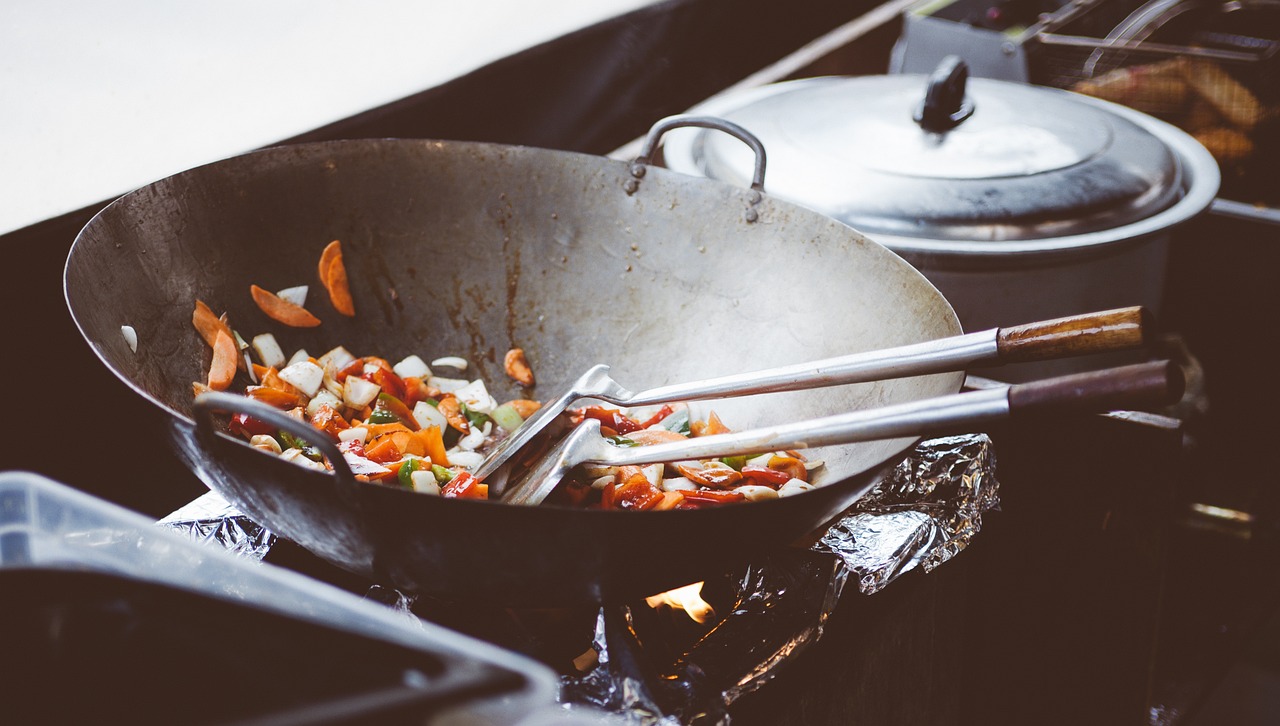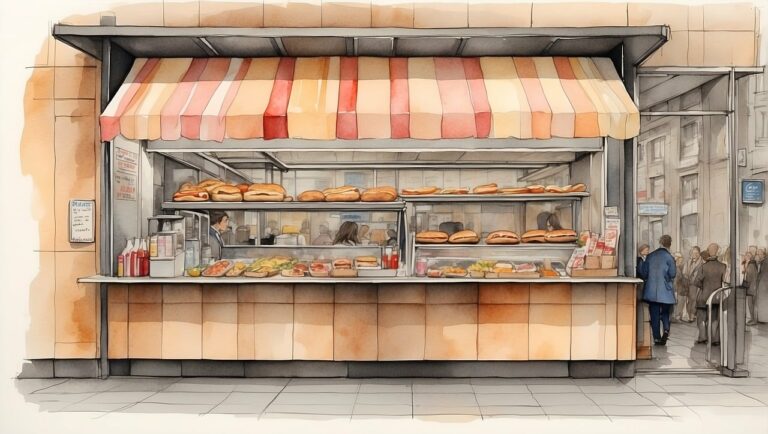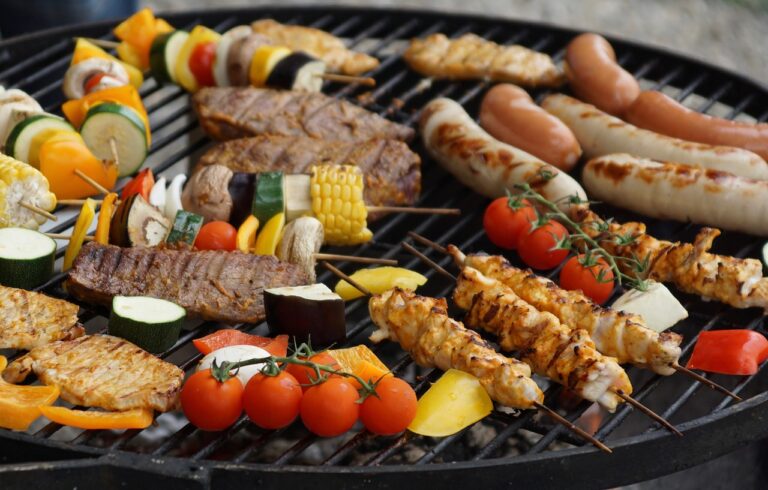The Future of Food Delivery: Drone Delivery Systems
One major challenge facing the implementation of drone delivery systems for food is the regulatory framework. Many countries have stringent laws and regulations governing the use of drones for commercial purposes, particularly in densely populated areas. Navigating these regulations and obtaining the necessary permits can be a complex and time-consuming process for companies looking to launch drone delivery services.
Another obstacle is the limited range and payload capacity of drones. Most commercial drones have a restricted flight range and can only carry small packages, which may not be sufficient for delivering food to customers located far from distribution centers. Overcoming these technical limitations to ensure timely and efficient delivery of fresh food products remains a significant challenge for the successful implementation of drone delivery systems in the food industry.
• Limited flight range and payload capacity of drones
• Technical limitations for timely and efficient delivery
• Stringent laws and regulations governing commercial drone use
• Complex process to obtain necessary permits for drone delivery services
Advantages of Using Drones for Food Delivery
Drones have revolutionized the food delivery industry by offering faster and more efficient delivery services. With the ability to bypass traffic congestion and other obstacles, drones can deliver food orders to customers’ doorsteps in a timely manner. This not only enhances customer satisfaction but also helps food businesses streamline their delivery operations.
Moreover, the use of drones in food delivery reduces the carbon footprint associated with traditional delivery vehicles, contributing to a more sustainable environment. By utilizing drones for delivery services, food businesses can lower their overall greenhouse gas emissions and minimize the environmental impact of their operations. The adoption of drone technology in food delivery demonstrates a commitment to eco-friendly practices while meeting the increasing demands of modern consumers for quick and convenient delivery options.
Safety and Security Concerns with Drone Delivery Systems
As drone delivery systems for food become increasingly popular, safety and security concerns have emerged as significant issues to address. One key concern is the potential for drones to malfunction mid-flight, leading to dropped deliveries or accidents. Ensuring the reliability and stability of drone technology is crucial to prevent such incidents and maintain public trust in these systems.
Another major security concern is the risk of unauthorized access to drones or their payloads. Hackers could potentially intercept drones in transit, leading to theft of food items or even more serious disruptions. Strengthening encryption and implementing robust cybersecurity measures will be essential in safeguarding drone delivery systems against malicious activities.
Are there any challenges in implementing drone delivery systems for food?
Yes, there are several challenges including regulatory hurdles, limited flight range, and potential safety risks.
What are the advantages of using drones for food delivery?
Drones can offer faster delivery times, reduced traffic congestion, and lower delivery costs compared to traditional methods.
What safety concerns are associated with drone delivery systems?
Safety concerns include the risk of mid-air collisions, malfunctioning drones, and the potential for drones to be hacked or hijacked.
How can companies address security concerns with drone delivery systems?
Companies can implement encryption technology, secure landing zones, and strict authentication measures to enhance the security of their drone delivery systems.







